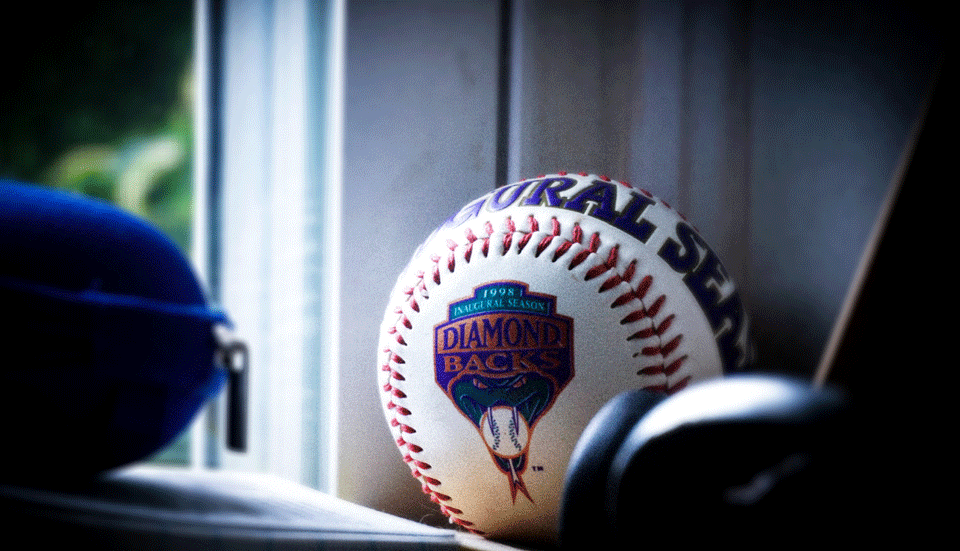
Major League Baseball made the right call by dropping its proposed revenue split to players, and the MLB Players Association as a way to restart the Covid-19 waylaid season by July. It was a foolish proposal—one players have fought against, and gone out on strike against—and was a non-starter at the tele-negotiation table.
“If you do anything that resembles a cap, that smells like a cap, you’ve given too much,” said Dave Stewart, a four-time 20-game winner who spent two years as the Arizona Diamondbacks general manager, before becoming a player agent, May, 11, when the initial proposals were unveiled.
On Tuesday, May 26, their first direct solely economic talks, MLB presented a new proposal to the players’ union during their tele-negotiations, and rather than a 50-50 revenue split the league introduced a sliding pay scale. Under the proposal, sources said, the plan would play players a prorated percentage of their salaries, with the highest-paid players taking the biggest cuts.
A rookie making the collective bargaining agreement mandated minimum would keep an estimated 47 percent of their original salary, while multimillionaire players, Mike Trout, could lose up to 77 percent of their total salary.
And the player’s union feelings about it: “extremely disappointing.
The union also said, “the sides also remain far apart on health and safety protocols.”
At issue are the health and safety protocols that will be put in place to ensure players, and a downsized team staff members, will not be at risk of Covid-19 infection, the testing procedures for the virus, and player isolation away from their families.
“We made a proposal to the union that is completely consistent with the economic realities facing our sport,” MLB said in a statement. “We look forward to a responsive proposal from the MLBPA.”
Back in March, the union reached an agreement with MLB where players would receive a prorated share of their salaries based on the percentage of each team’s 162-game schedule played. If no games were played, players were guaranteed to earn their service time for 2020 matching what they accrued during the 2019 season.
Today, MLB has proposed a reworked, 82-game schedule, and says the March agreement would result in huge losses because it did not consider the absence of fans at ballparks.
Under the current proposal, the playoffs would move from 10 teams to 14, and players could get bonus pay if a complete season is played. MLB told the union, May 12, it hoped to lay a season where teams would face division rivals 13 times, and each club within their division six times.
And several state governors have warmed to the idea of welcoming the players and the regular season without fans.
Players, along with union chief Tony Clark have said the March 26 agreement would stand as written, and no additional salary cuts would be given from them.
“Interesting strategy of making the best most marketable player potentially look like the bad guys,” tweeted Milwaukee Brewers starting pitcher Brett Anderson.
He was referencing, of course, to MLB’s potential player and players union smear campaign, shifting blame to “greedy players” deflecting blame away from the millions of dollars the league and team owners stand to earn for restarting the season, even at the risk of players health. When, not really if a second Covid-19 wave hits, teams could lose up to $787 million in broadcast revenues if the season is all-out canceled.
There is still a little over a month before the proposed July restart will come into question, and there is plenty of time, and room, to see if any good-faith, player-approved deal will come to fruition.

MOST POPULAR TODAY


Zionist organizations leading campaign to stop ceasefire resolutions in D.C. area

Communist Karol Cariola elected president of Chile’s legislature

Afghanistan’s socialist years: The promising future killed off by U.S. imperialism

High Court essentially bans demonstrations, freedom of assembly in Deep South






Comments